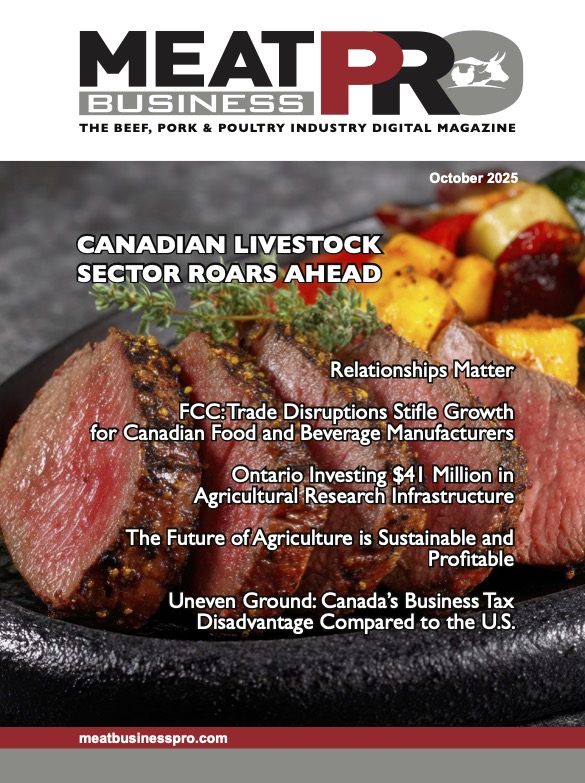In British Columbia, land values increased by an average of 6.5% for the first half of 2022. Increases varied a lot across the province, with the highest changes mostly located in areas with easy access and close to urban centers. We observed strong competition between farm operations and non-traditional buyers.
Alberta farmland increased at a more moderate pace of 5.9% for the first six months of 2022. It’s important to note that this increase applies to dryland only, and irrigated land values are only provided in the annual report. Farmland availability remains low in this province.
For Saskatchewan, favourable land market conditions observed in 2021 seem to have carried over into the first half of 2022. We are reporting an average increase of 8.4% for the latter period. Demand remains strong in most areas. We observed in some regions (North West, North East) no or little change in values as opposed to other regions with important increases.
In Manitoba, farmland values increased by 6.0% in the first half of 2022. Spring weather conditions were difficult in certain areas; for example, flooding delayed seeding. Increases in areas that coped best with moisture were higher than those affected by excess moisture.
Ontario has the most significant increase in value with 15.6% for the first six months of 2022, a 12-month pace of 27.7%. Land purchases that drive larger percentage increases in values are generally in less expensive areas of the province. There’s lots of variability across regions. The most important increases are observed in the South East and Central East regions, with average 6-month changes ranging from 20.0% to 24.0%. Conversely, average increases in the Western part of the province range from 10.0% to 17.0%.
In Quebec, the average increase in farmland value for the first half of 2022 was 10.3%. Supply is very limited in some regions, driving prices higher. Variability is also a characteristic of the market, and the most predominant increases were observed in the lower dollar-per-acre areas of the province.
Atlantic provinces recorded average increases of 3.4%, 6.0% and 14.8% for New Brunswick, Nova Scotia, and Prince Edward Island, respectively. A strong demand for forage and cultivated land from out-of-province buyers contributed to the overall increase. A limited number of sales in Newfoundland and Labrador prevented us from reporting an estimate.














